
NZXT Phantom 630 - Interior
Both of the hinged side panels are simple to get off thanks to thumbscrews, but we had to apply some force to properly align the left panel when replacing it as it didn't return naturally to its resting place. It may not the be case with every Phantom 630 produced, but it shouldn't happen at all in this price range. The panels also have a bit of flex to them, even when they're attached, but this is likely because of their size. A simple but firm tug will also let you remove the front and roof panels.We always like it when companies take the time to ensure their internal cable are consistently coloured, especially when there's a window involved, and NZXT do just that. Even better, the black wiring for the fans and the front panel connections comes fully pre-routed, cable tied into place and connected to the fan controller, which sits on the rear of the motherboard tray. Small rubber feet will absorb vibrations from your PSU, and the Phantom 630 also comes with a set of motherboard mounts already in place for an ATX board.
Optical drives are simple to install, requiring just a single tool free clip, although a clip either side of the drive would have made for a tighter mount. Annoyingly, NZXT has stuck with the same internal drive mounting trays as those in the 820, which are truly awful, and the flimsy things had all fallen out of place in transit by the time the case reached us. The pins that are supposed to hold hard drives fall out of place with minimal pressure, and the trays themselves don't lock into place securely enough, unless you use one of the provided screws, which defeats their point. We've seen better jobs done in £50 cases, so there's really no excuse.
An extra pair of SSD mounts are found behind the motherboard, which is a good use of space, and thankfully these are far better to work with than the HDD/SSD trays. The six main drive mounts at the front are divided into removable cages of three, two and one, with the largest also having an internal 140mm/120mm fan mount that can be angled so as to directly target your graphics hardware. The division of the cages means you only need as many drive bays in the case as you do drives, and modular rails allow you to position them wherever suits your setup best.
A big selling point of the Phantom 820 was its water-cooling support, and the 630 continues the tradition. The roof is capable of housing a full size triple radiator, and also supports 280mm radiators too. However, the reduced height of the case means that if you want to have a radiator here with fans either side of it in a push pull configuration, you're limited to half height radiators only. With the drive cages out of the way, there's also room for a full height double rad with fans on both sides in either the front or the floor of the case. If you go for the floor option, there's still room for at least four drive bays above your set up.
The increased width of the chassis lends itself well to cable management, as the area behind the motherboard tray is very spacious indeed. The grommets on the routing holes are fantastic once again, allowing plenty of cabling through without once coming loose, and the holes themselves are sensibly placed. The lack of grommets in the PSU area leaves the cabling there a bit exposed, but with plenty of zip ties and hooks there's almost everything you need to make your system window worthy. We say almost, as NZXT do not provide an extension cable for the 8-pin power cable this time around, which left us with no option but to leave ours hanging in sight.

MSI MPG Velox 100R Chassis Review
October 14 2021 | 15:04

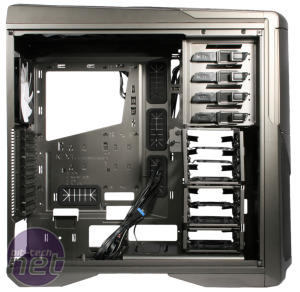
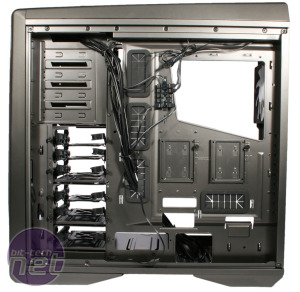
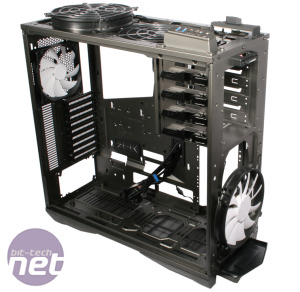
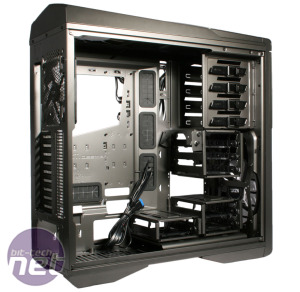
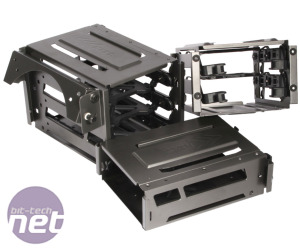
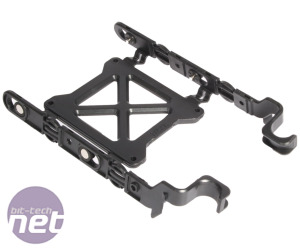









Want to comment? Please log in.